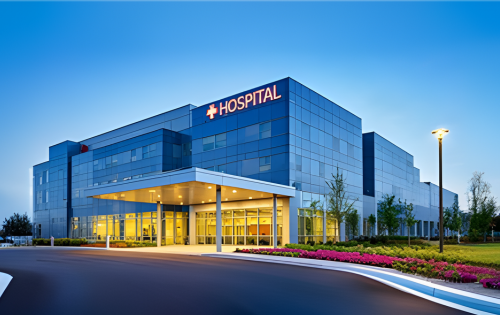
Silent but Deadly: Why Carbon Monoxide Safety Demands Attention Year-Round
An Invisible Threat with Real Consequences
Every year, thousands of people are affected by carbon monoxide (CO) poisoning, often without warning. CO is colorless, odorless, and undetectable without proper sensors, earning its reputation as the “silent killer.” In commercial and public facilities, the stakes are even higher: equipment rooms, garages, kitchens, and heating systems can all become sources of carbon monoxide buildup if not properly maintained.
For business and facility leaders, November’s Carbon Monoxide Safety Month serves as an important reminder that safety isn’t seasonal, it’s systemic.
Detection Is Prevention
A reliable CO detection and alarm system is the first line of defense. But installing detectors isn’t enough — they must be tested regularly and integrated with broader life safety systems to ensure quick notification and response.
Smart facilities today use connected monitoring to detect unsafe conditions early, trigger alerts automatically, and coordinate emergency response across building systems. Integration between fire alarm, HVAC, and notification systems helps ensure that when CO is detected, the right actions happen immediately — from activating ventilation to alerting occupants.
Maintenance Matters
Carbon monoxide safety relies on preparation as much as technology. Facility managers should ensure that:
- Detectors are tested and calibrated according to manufacturer guidelines.
- Ventilation systems and combustion equipment are inspected regularly.
- Life safety systems are connected, logged, and maintained for rapid response.
- Staff are trained on how to recognize symptoms of CO exposure and respond appropriately.
These measures don’t just comply with code — they protect lives.
Safety Is a Shared Responsibility
From retail stores to industrial sites, from hospitals to schools, carbon monoxide awareness is a shared responsibility among employers, building owners, and occupants. By prioritizing proactive testing and system maintenance, organizations demonstrate a culture of care that extends beyond compliance — one that values the safety of every individual who enters their facility.
A Culture of Connection and Protection
Carbon monoxide may be silent, but the solutions are not. They rely on communication — between systems, teams, and technology. This November, take time to test, maintain, and review your facility’s detection systems. Because the best life safety plans are the ones that never need to be put to the test.
Carbon monoxide is silent. Prevention and preparation save lives.



